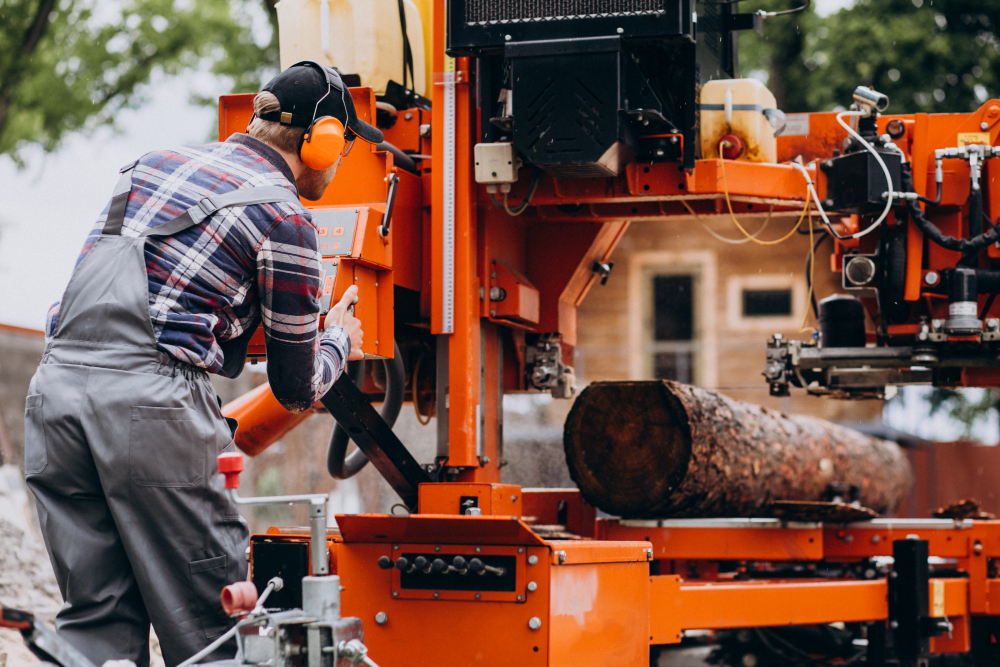Hydraulic systems are the backbone of excavators and other heavy machinery, powering essential functions like lifting, digging, rotating, and moving. When a hydraulic system fails, it doesn’t just slow down a project it can bring operations to a complete halt, leading to costly downtime, lost productivity, and expensive repairs.
At CT Parts, we specialize in providing high-quality hydraulic components that ensure your machines continue to perform under demanding conditions. In this comprehensive guide, we explore the most common causes of hydraulic system failures and share practical, field-tested tips on how to prevent them.
Understanding the Importance of a Reliable Hydraulic System
Hydraulic systems operate under high pressure and are responsible for transferring energy through incompressible fluids to drive various mechanical operations. These systems are integral to the performance and efficiency of heavy equipment, and any failure can have wide-ranging consequences including project delays, increased maintenance costs, and potential safety risks.
A properly functioning hydraulic system ensures:
- Efficient power delivery
- Smooth and accurate movement
- Increased lifespan of equipment
- Reduced maintenance needs
- Improved job site safety
Top Causes of Hydraulic System Failures
1. Contaminated Hydraulic Fluid
Contamination is the leading cause of hydraulic system failure. Foreign particles such as dust, water, metal shavings, or degraded oil can severely damage internal components. These contaminants often enter through:
- Poor maintenance practices
- Faulty seals
- Improper fluid storage
- Using incorrect or low-quality hydraulic oil
Once inside the system, these particles can erode pump surfaces, clog valves, and wear out seals, leading to reduced system efficiency and eventual failure.
Prevention Tips:
- Always use clean, manufacturer-approved hydraulic fluid.
- Store fluids in sealed containers away from dust and moisture.
- Replace filters regularly as part of a scheduled maintenance program.
- Inspect and replace seals and hoses that show signs of wear.
2. Hydraulic Leaks
Hydraulic leaks are a common problem and often go unnoticed until significant damage has occurred. Leaks reduce system pressure, impair performance, and can create environmental and safety hazards.
Leaks typically occur due to:
- Worn seals and gaskets
- Cracked hoses or fittings
- Loose connections
Prevention Tips:
- Conduct daily inspections of hoses, connections, and seals.
- Tighten loose fittings and replace damaged components immediately.
- Use high-quality replacement parts to ensure durability.
- Maintain proper operating pressures to reduce stress on seals.
3. Overheating
Heat is an enemy of hydraulic systems. Excessive heat can break down hydraulic fluid, reduce its lubricating properties, and cause damage to seals and internal components. Common causes of overheating include:
- Poor ventilation around hydraulic components
- Low fluid levels
- Clogged filters or coolers
- Continuous operation at maximum load
Prevention Tips:
- Regularly monitor fluid levels and temperature gauges.
- Clean or replace clogged filters and coolers.
- Use heat-resistant, high-quality hydraulic fluids.
- Allow equipment to cool during long operational cycles.
4. Component Wear and Tear
Hydraulic pumps, motors, valves, and cylinders operate under high pressure and constant stress. Over time, these components wear out. Ignoring early signs of wear can lead to complete system failure.
Symptoms include:
- Reduced speed or power
- Inconsistent operation
- Unusual noises during operation
Prevention Tips:
- Replace components showing signs of excessive wear.
- Use parts that meet or exceed OEM standards.
- Keep detailed maintenance logs to track component performance.
- Schedule periodic professional inspections.
5. Incorrect Pressure Settings
Improper pressure settings can cause excessive strain on hydraulic components. Too high, and it leads to premature wear; too low, and system performance suffers.
Prevention Tips:
- Calibrate pressure settings according to manufacturer recommendations.
- Train operators to recognize signs of over or under-pressure.
- Install pressure gauges and relief valves as safety measures.
6. Poor Maintenance Practices
Even the best hydraulic system can fail without proper care. Neglected maintenance leads to minor issues becoming major failures.
Prevention Tips:
- Follow a strict maintenance schedule.
- Train staff on proper inspection techniques.
- Address minor issues before they escalate.
- Keep equipment clean, especially around hydraulic connections.
Real-World Impact of Hydraulic Failures
For construction and excavation companies, a failed hydraulic system can mean days or even weeks of lost productivity. Repair costs can run into the thousands, especially if the failure damages multiple components or causes an accident.
Even more concerning, hydraulic fluid leaks or component failures can pose serious safety hazards on the job site. Equipment may become difficult to control, leading to risks for operators and crew members.
Preventive maintenance and timely part replacement are not just good practices—they are essential business strategies.
CT Parts: Your Partner in Hydraulic System Reliability
At CT Parts, we provide a comprehensive selection of high-quality hydraulic components for excavators and heavy machinery, including:
- Hydraulic pumps
- Cylinders
- Valves
- Seals and gaskets
- Hoses and fittings
We’ve built long-term relationships with clients across Canada and internationally by offering:
- Over 8 years of industry experience
- Expert support and product guidance
- Fast, reliable shipping
- Components that meet or exceed OEM standards
Whether you’re managing a single machine or an entire fleet, we ensure that you have access to the right parts at the right time.
Final Thoughts
Hydraulic system failures can be costly and dangerous, but they are largely preventable. By understanding the common causes and taking proactive measures, equipment owners and operators can dramatically extend the life of their machinery and reduce unplanned downtime.
Investing in quality parts and consistent maintenance is key and that’s exactly what CT Parts delivers.





